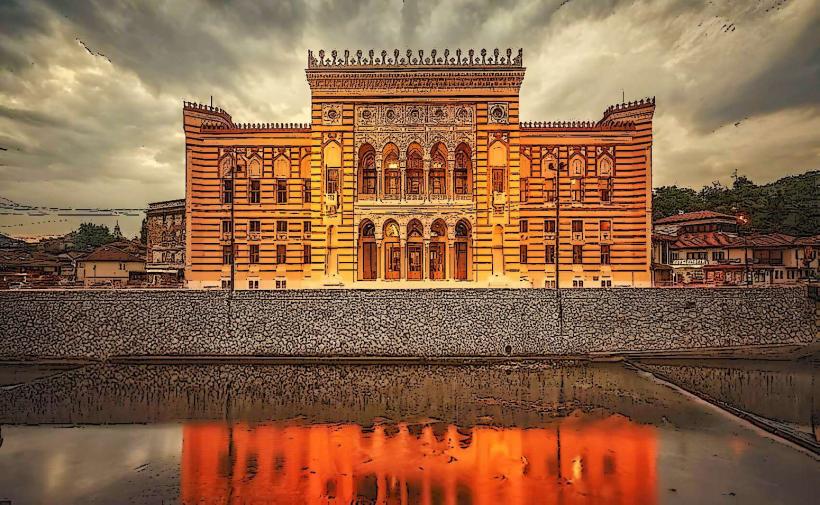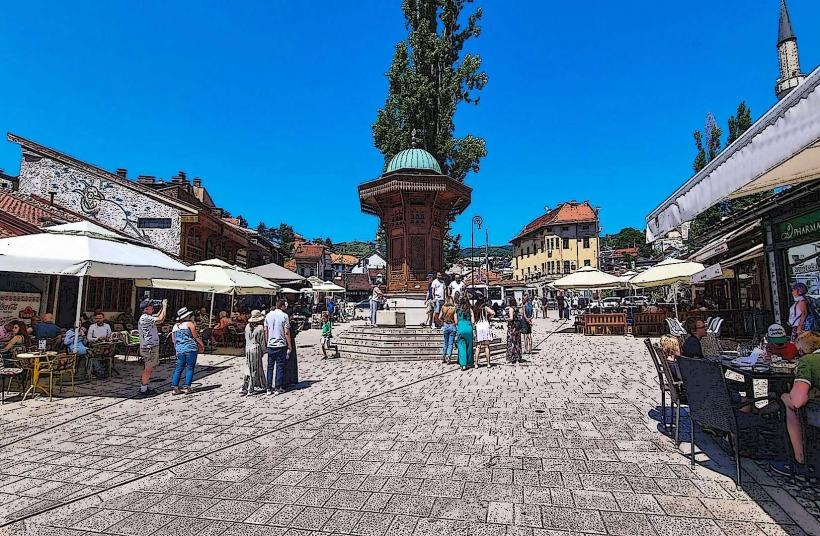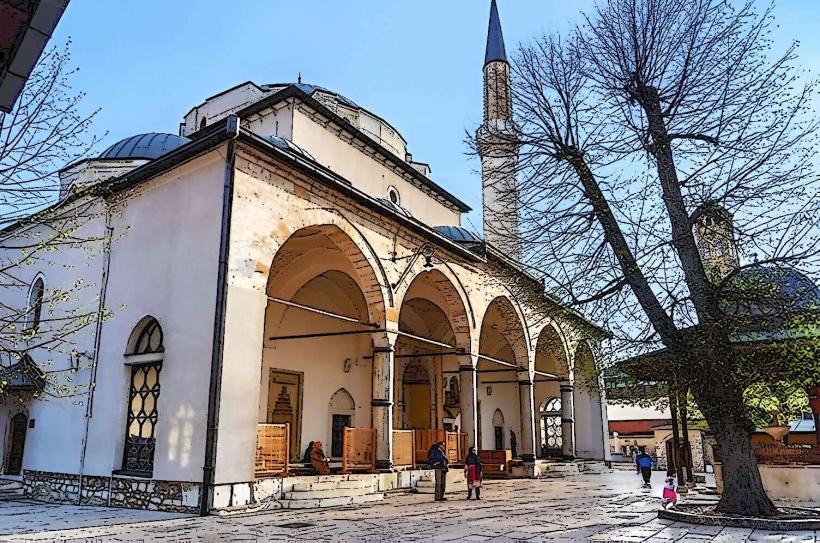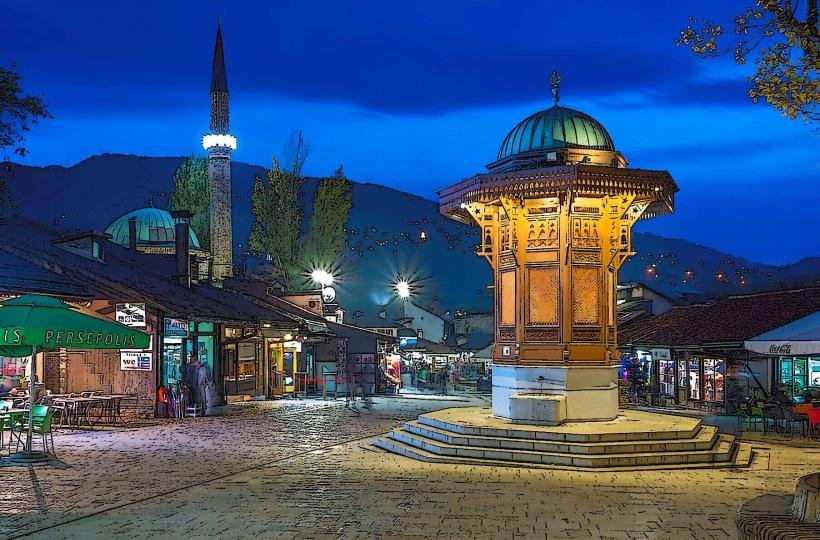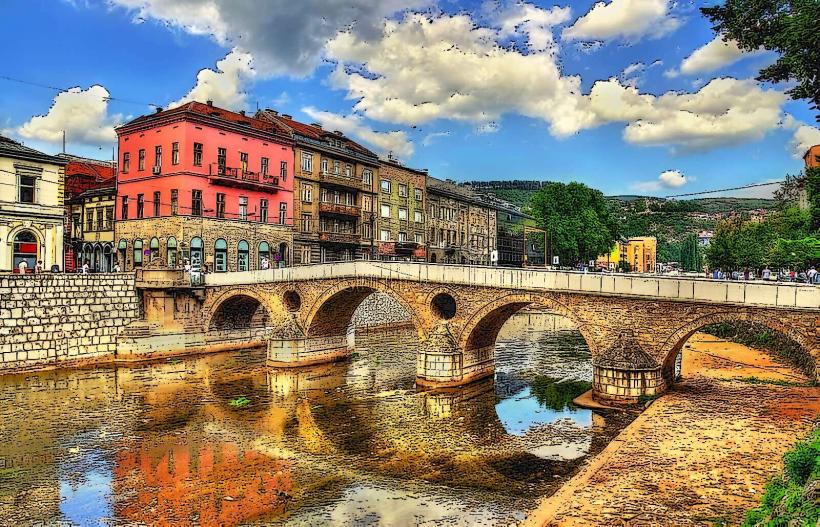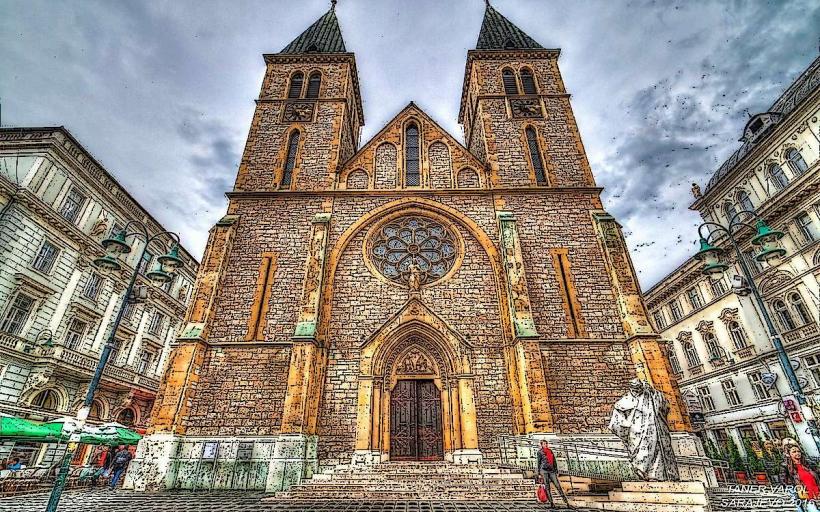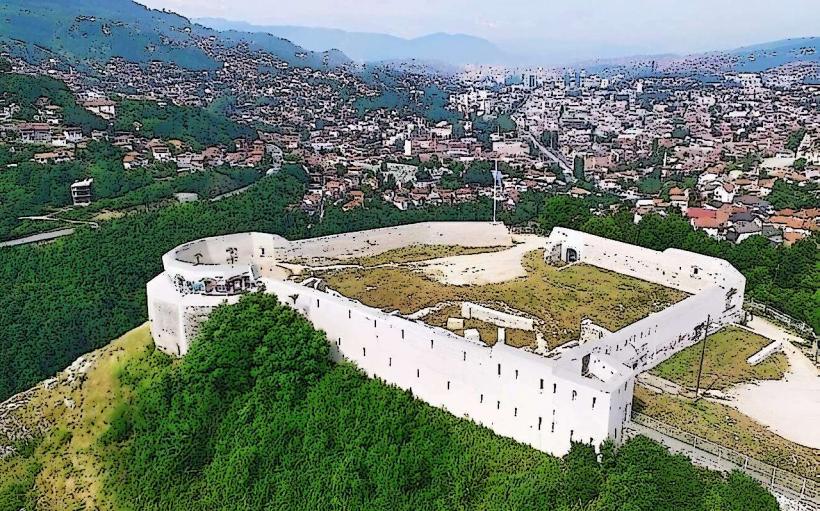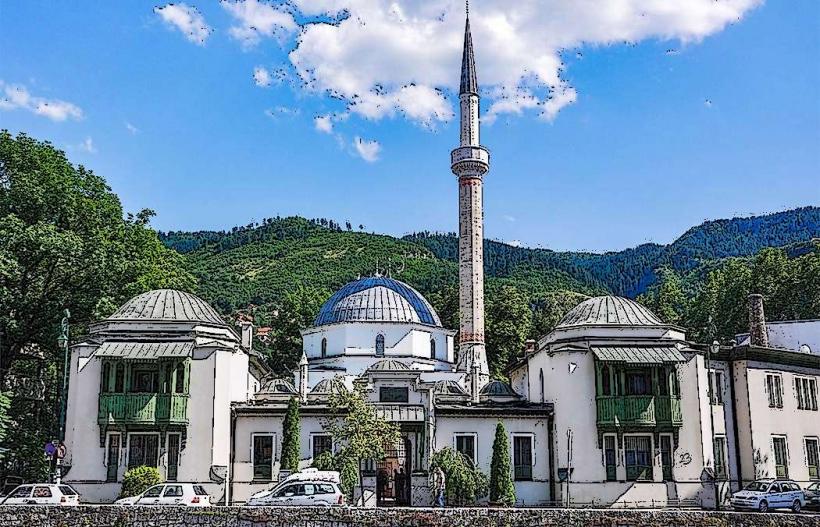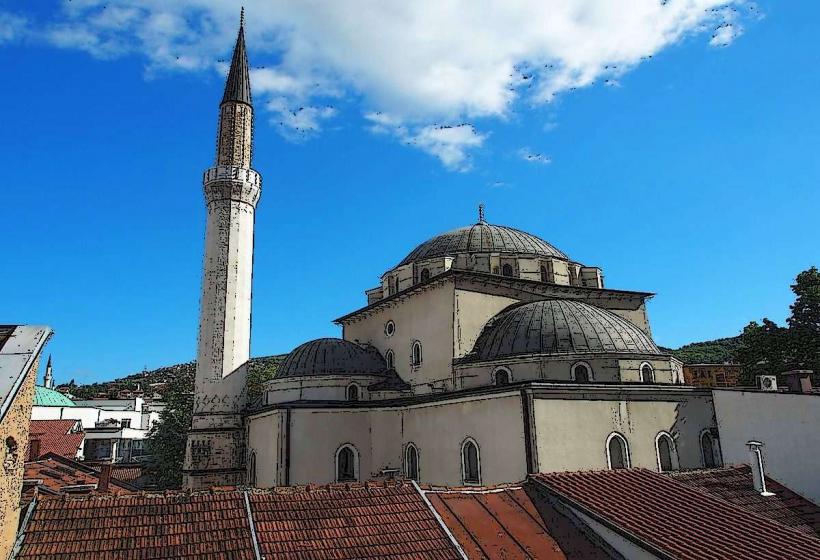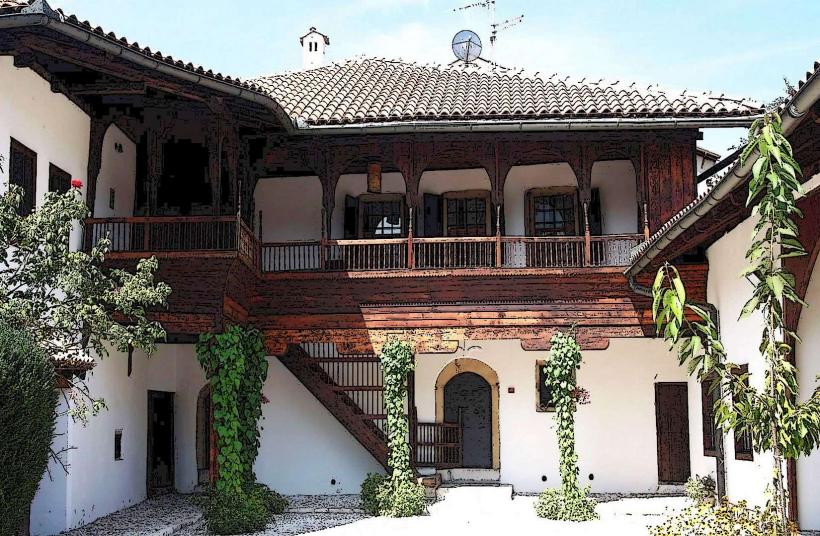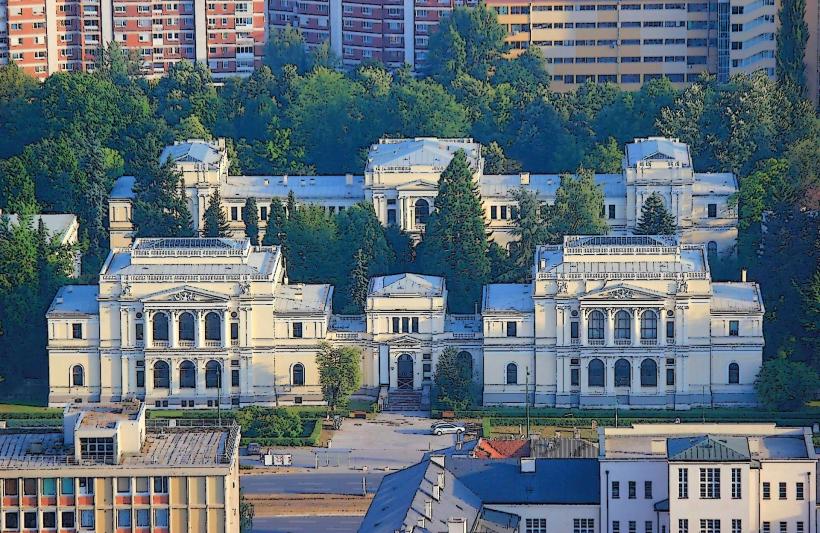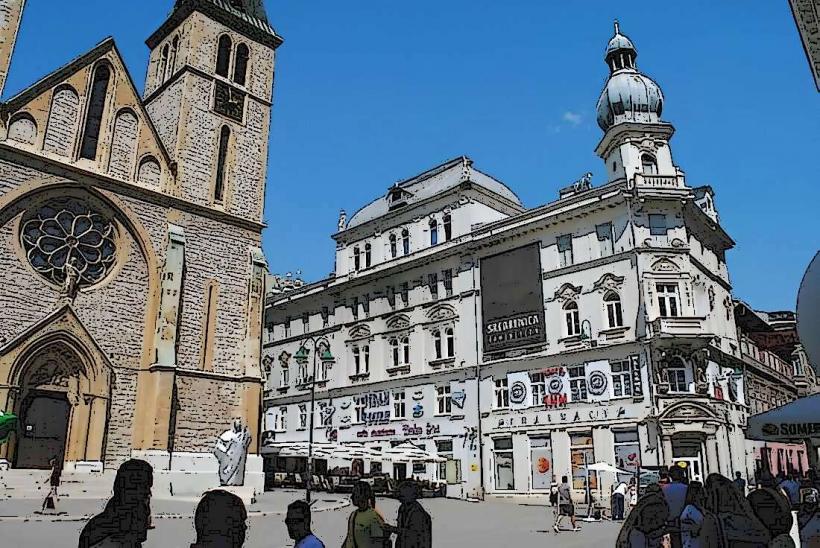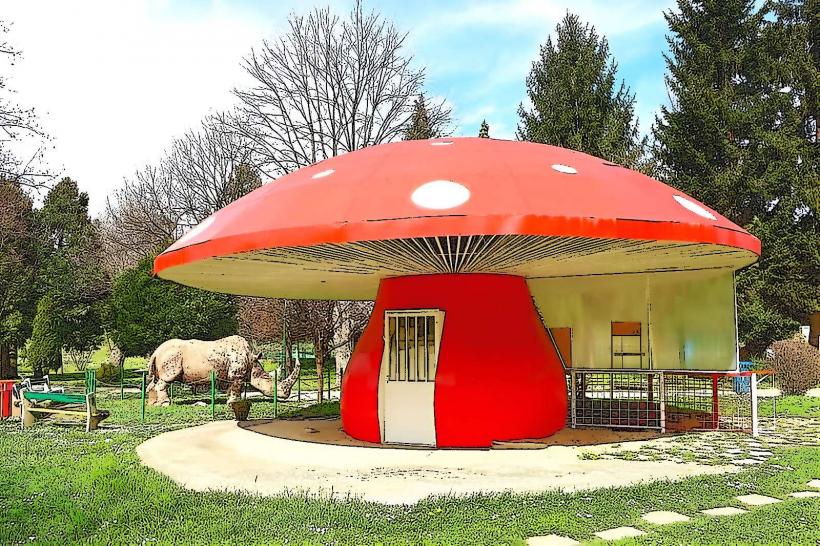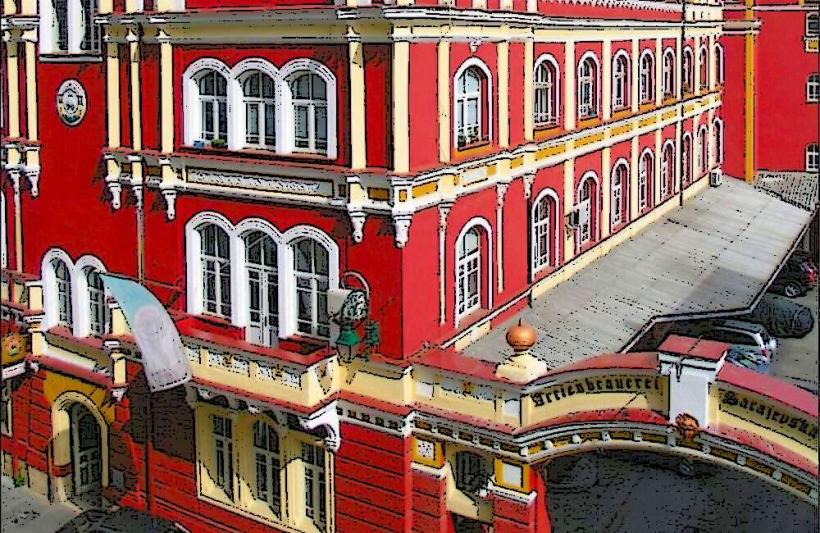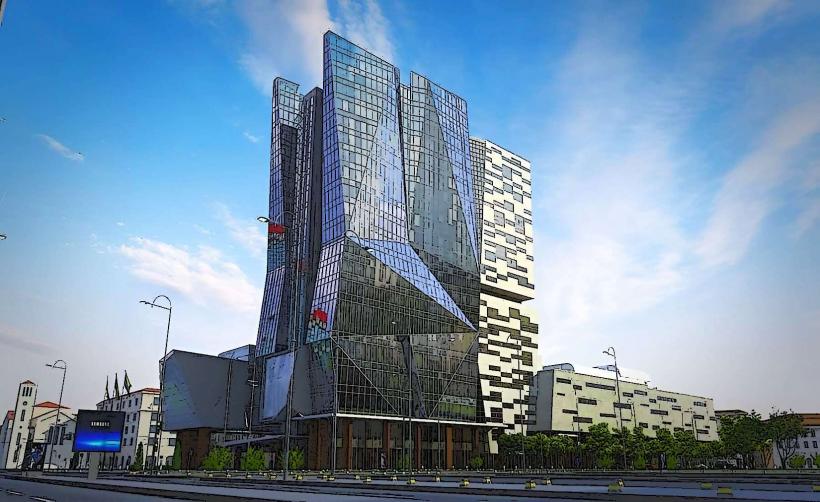Information
Landmark: Sarajevo Tunnel (Tunnel of Hope)City: Sarajevo
Country: Bosnia and Herzegovina
Continent: Europe
The Sarajevo Tunnel (often referred to as the Tunnel of Hope) is one of the most significant landmarks in Sarajevo, Bosnia and Herzegovina, due to its vital role during the Siege of Sarajevo in the 1990s. The tunnel was an essential lifeline for the residents of Sarajevo during the nearly four-year siege (1992–1995), and it symbolizes both the city’s resilience and its struggle for survival during the Bosnian War.
Historical Context
During the Bosnian War, the city of Sarajevo was besieged by the Yugoslav People’s Army (JNA) and Bosnian Serb forces, which encircled the city in an attempt to cut off supplies and isolate its civilian population. The Siege of Sarajevo, which lasted from April 1992 until February 1996, was one of the longest sieges in modern history, and the inhabitants of the city faced severe shortages of food, water, medicine, and other essentials. They were also subject to constant artillery and sniper fire.
Construction of the Tunnel
As the siege continued, it became clear that traditional supply routes into the city were completely blocked, and the situation was becoming increasingly dire. In response, a tunnel was constructed under the Sarajevo Airport, which was controlled by the United Nations and considered neutral ground.
Tunnel Purpose: The primary purpose of the tunnel was to create a secret passageway between the city of Sarajevo, which was under siege, and the surrounding territory controlled by Bosnian government forces. The tunnel allowed the citizens of Sarajevo to receive much-needed supplies, including food, medical equipment, weapons, and ammunition. It also provided a means of escape for the wounded and those seeking to leave the besieged city.
Construction Details: The tunnel was approximately 800 meters long, 1 meter wide, and 2 meters high. It was dug manually by a small group of people, including soldiers, civilians, and volunteers, who worked tirelessly day and night. The tunnel connected the Dobrinja neighborhood in Sarajevo with the airport's runway, which was technically outside the siege lines but controlled by international peacekeepers.
The construction of the tunnel was an incredibly risky and difficult task, as it had to be built under constant danger from enemy sniper fire and artillery. Despite these dangers, the tunnel was completed in June 1993, and it immediately became a crucial lifeline for the people of Sarajevo.
The Tunnel’s Role During the Siege
Once completed, the Tunnel of Hope played a critical role in the survival of Sarajevo during the siege.
Supply Line: The tunnel allowed for the covert transport of food, water, medicine, and fuel into the city. This was crucial, as the people of Sarajevo were largely cut off from the outside world, and basic necessities were scarce.
Escape Route: The tunnel also served as an escape route for civilians who were trying to flee the city, as well as a way for the wounded to be transported to medical facilities outside the siege zone for treatment.
Military Use: The tunnel allowed the Bosnian Army to transport military supplies, including weapons and ammunition, which helped bolster the defense of Sarajevo against the besieging forces. It was a strategic asset in the Bosnian government’s efforts to defend the city.
Symbol of Resistance: The tunnel became a symbol of the resilience and determination of the people of Sarajevo during the siege. Despite the overwhelming challenges and hardships, the tunnel represented a way to survive, resist the siege, and maintain hope.
Post-War Significance
After the siege ended, the Sarajevo Tunnel became a symbol of the city’s endurance and survival. The tunnel itself was sealed after the siege, but its legacy remains strong in the collective memory of Sarajevo’s residents and in the history of the Bosnian War.
The Sarajevo Tunnel Museum
Today, a section of the Sarajevo Tunnel has been preserved and turned into a museum, the Sarajevo Tunnel Museum (also known as the Tunnel of Hope Museum). The museum is located in the suburb of Butmir, on the site where the tunnel entrance once opened into the basement of a private house.
Museum Exhibits: The museum contains various exhibits about the construction and use of the tunnel, including photographs, artifacts, and personal stories from those who lived through the siege. Visitors can walk through a preserved section of the tunnel and experience what it was like to travel through it during the war. There are also displays that show how the tunnel was used to transport supplies, escape from the city, and move between Sarajevo and the surrounding territory.
Interactive Experience: Visitors can enter the museum, take a guided tour, and walk along a short section of the tunnel that has been restored. The museum offers an immersive and educational experience, providing a powerful reminder of the human cost of the war and the incredible ingenuity and bravery shown by those who built and used the tunnel.
Personal Accounts: The museum includes emotional personal accounts from those who lived through the siege and worked on the tunnel’s construction. It is not just a historical site, but also a place where the human spirit and the collective memory of Sarajevo’s siege are preserved for future generations.
Cultural and Emotional Impact
The Sarajevo Tunnel is an incredibly emotional and significant symbol for the people of Sarajevo. It represents the strength of a city and its inhabitants in the face of overwhelming adversity. The tunnel, which allowed the people of Sarajevo to survive a devastating siege, has come to symbolize the resilience, hope, and will to endure in the face of war.
It also stands as a testament to the unity and solidarity of the people of Sarajevo, who came together across ethnic and religious lines to support one another during the war. The tunnel is an enduring reminder of the atrocities of the Bosnian War and the importance of remembering the past to ensure a peaceful future.
Conclusion
The Sarajevo Tunnel (Tunnel of Hope) is more than just an underground passage; it is a symbol of the resilience, resourcefulness, and hope of the people of Sarajevo during the Siege of Sarajevo. It was a lifeline that enabled the survival of the city’s population in one of the darkest chapters of recent European history. Today, the tunnel’s preserved section and the Sarajevo Tunnel Museum continue to educate visitors about the city’s wartime experience, offering a deeply moving and important historical legacy.

